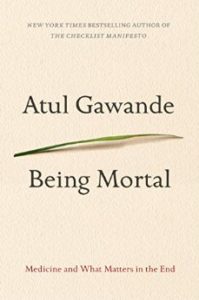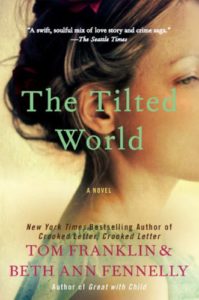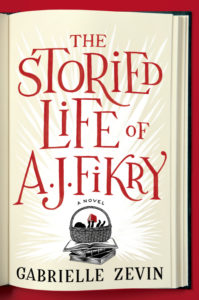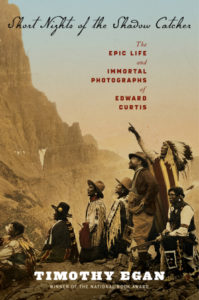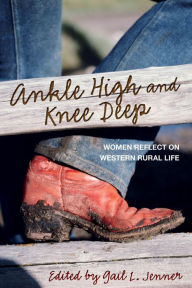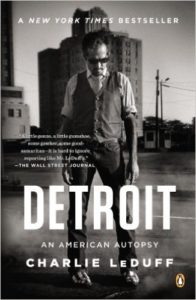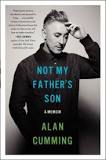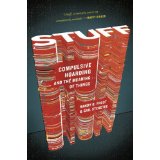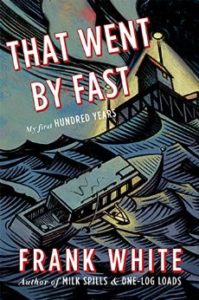 Frank White wrote a remarkable autobiography, That Went by Fast: My First Hundred Years. A Canadian born in 1914, White spins a lively, event-filled story. His life was far from ideal or genteel–it was full of hard work, grit and the kind of knowledge you learn the hard way.
Frank White wrote a remarkable autobiography, That Went by Fast: My First Hundred Years. A Canadian born in 1914, White spins a lively, event-filled story. His life was far from ideal or genteel–it was full of hard work, grit and the kind of knowledge you learn the hard way.
When his mother is widowed, White, still a young boy, works to help the family. By age thirteen he has two professions: butcher and truck driver. He marries Kay when he’s 25 and soon goes into the logging business.
White describes the early days of British Columbia’s gyppo logging, and his descriptions are harrowing. Raising a family in logging camps, learning various types of logging, moving logs on water, surviving logging camps in the dead of winter—the stories of sheer survival are incredible.
As his family grows, White becomes owner of a gas station in Pender Harbour, B.C. which proves to be non-stop work and worry. They ride the tide of 1970s hippies which causes a lot of local friction. In White’s view, while the hippies seems hopelessly inept, many of them find their way into worthy occupations. After several years, the Whites sell the garage and White travels first to Alaska, and then eventually abroad. Typical of White, he travels the back roads, sees the countries and people with fresh inquisitive eyes, always open to learning new ways.
White has a piercingly honest way of describing people, situations and places. He’s a tough man with low tolerance of flakiness and frills. I loved this book, the honesty of living a full life, of owning up to wrong-doing and living with regrets, but generally attempting to do the right thing. He’s lived from the horse-and-buggy days to jet travel, from scratching notes on paper to computers. White says “living to the age of one hundred is not all it’s cracked up to be, but it has some pluses.” He’s taken it all in and put his own mark on it. It’s an amazing story.


